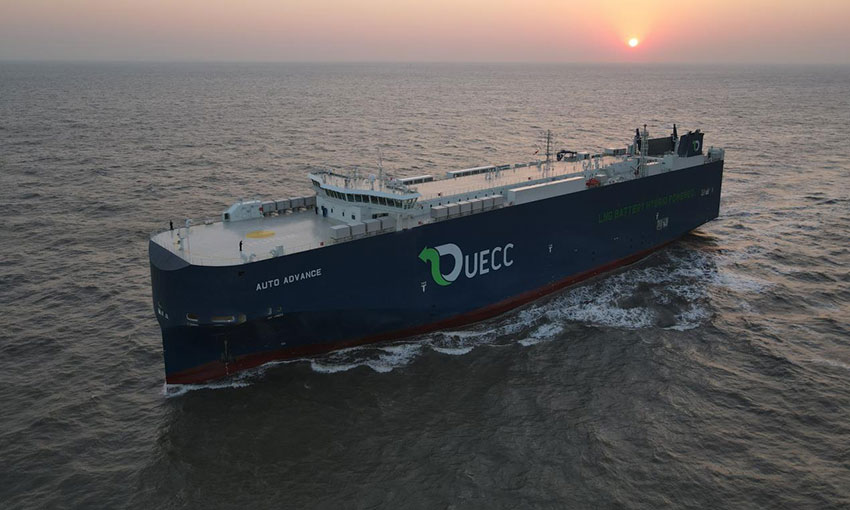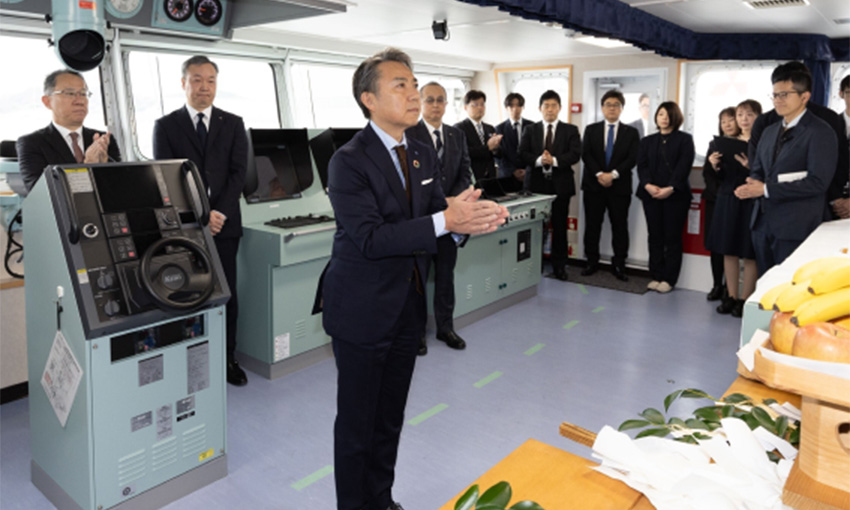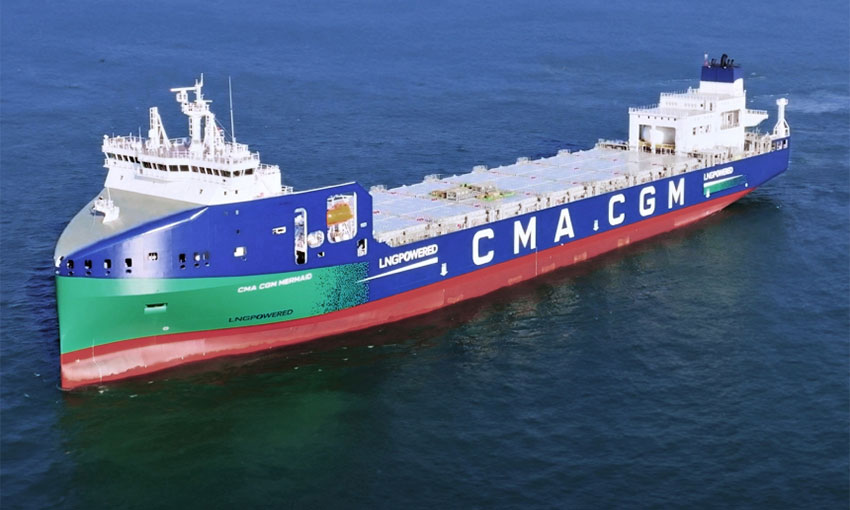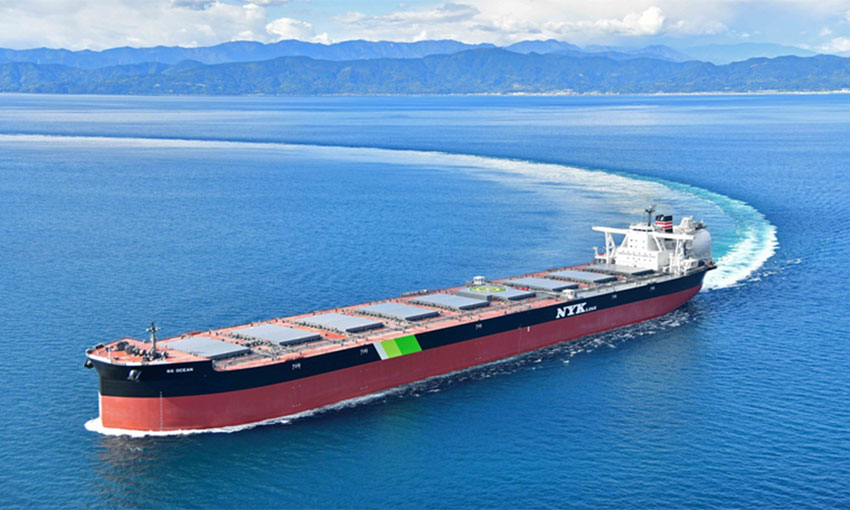UECC has taken delivery of what it says is the world’s first dual-fuel LNG battery hybrid pure car and truck carrier.
The vessel, to be named Auto Advance, is the first in a series of three newbuild PCTCs. They measure 169 by 28 metres and have a capacity for 3600 vehicles on 10 cargo decks. The remaining two sister vessels are scheduled for delivery in 2022 and are being built at China’s Jiangnan Shipyard.
UECC chief executive Glenn Edvardsen said this is a big step forward in eco-friendly ship operations.
“Having brought into operation the first-ever dual-fuel LNG PCTCs five years ago, UECC is now taking delivery of the first of three of the world’s first dual-fuel LNG battery hybrid PCTC to be built,” Mr Edvardsen said.
“This is also a technological milestone as the successful performance of the vessel in sea trials has vindicated our confidence in the viability of this innovative solution.”
UECC developed the design, together with DNV and Jiangnan’s in-house ship designer Shanghai Merchant Ship Design & Research Institute. The vessels incorporate proven technology in a new configuration geared to enhancing operational and environmental performance.
LNG battery hybrid technology, together with an optimised hull design for better fuel efficiency, will enable these newbuilds to exceed the IMO requirement to cut carbon intensity by 40% from 2008 levels within 2030, according to UECC.
Emissions of carbon dioxide will be reduced by around 25%, sulphur dioxide and particulate matter by 90% and nitrogen oxide by 85% from the use of LNG, while the newbuilds will also meet the IMO’s Tier 3 nitrogen oxide emissions limitations for the North Sea and Baltic Sea.
The new vessel combines dual-fuel engine technology has with an energy storage system (ESS), supplied by Finland’s WE Tech. The ESS incorporates a battery package from Corvus Energy that will be charged by a permanent magnet, directly driven shaft generator or dual-fuelled generators.
The ESS, which will provide power to the main switchboard with a DC link for power distribution, will enable peak shaving for the main engine and auxiliaries to reduce fuel consumption and emissions, with a controllable pitch propeller, bulb rudder and dual-fuel boiler also part of the power system.
These vessels will require only two auxiliary dual-fuel gensets, in addition to the main engine, as the ESS and shaft generator provide a spinning reserve to eliminate the need for another genset that would normally be required.





